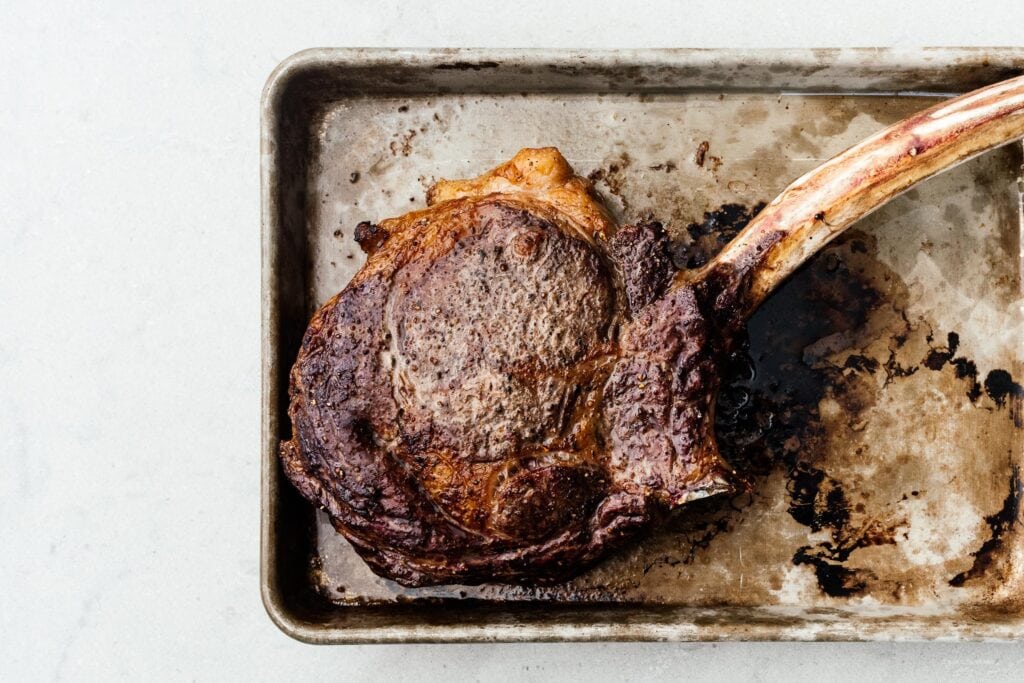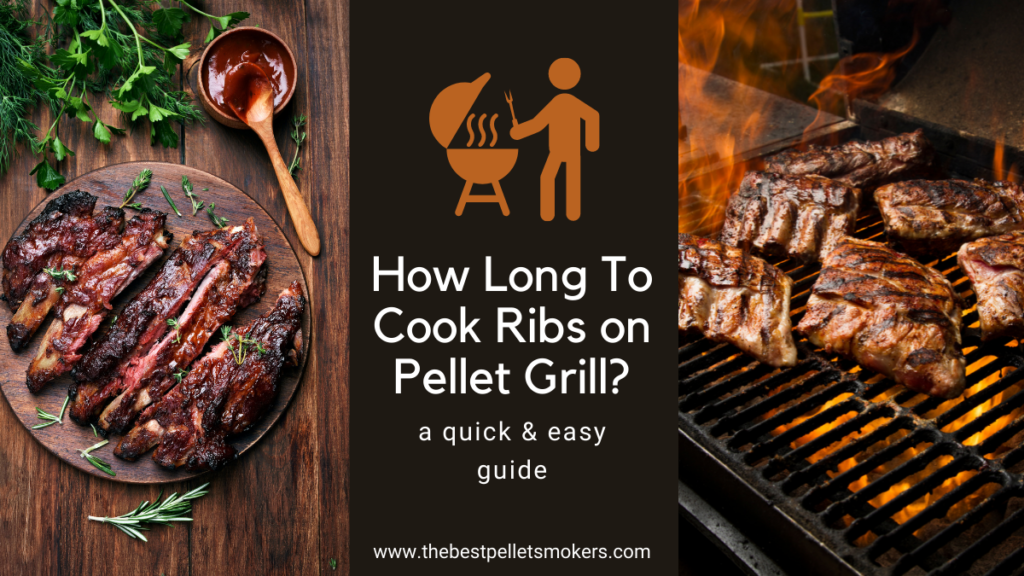


Meat is bright red when exposed to air and is typical of meat in retail display. If no oxygen is present, the meat appears purple red, like in vacuum packaged meat, and is in the deoxymyoglobin state. Myoglobin has three natural colors depending on its exposure to oxygen and the chemical state of the iron. Almost all of blood is removed from muscle at the time of slaughter. Along with water from muscle, myoglobin is what is found in meat packages that leaks out of the muscles during storage and most people think is blood. Muscles that are used for movement also have more myoglobin content than muscles used for support.

The age of an animal will also impact the myoglobin content of the muscles with older animals having more myoglobin and darker meat. Myoglobin content is higher in beef and lower in poultry with lamb and pork having intermediate amounts. The more myoglobin content meat contains the darker red it will appear in color. Myoglobin stores oxygen in muscle cells and is similar to hemoglobin that stores oxygen in blood cells. Myoglobin is the heme iron containing protein that gives meat its color, and it is a great source of dietary iron. It is the single most important driving factor in a consumer’s decision to purchase meat. Color is used by consumers to determine if meat is fresh and safe to eat.


 0 kommentar(er)
0 kommentar(er)
